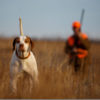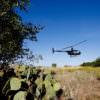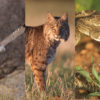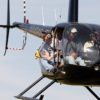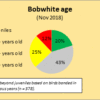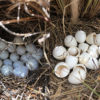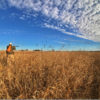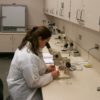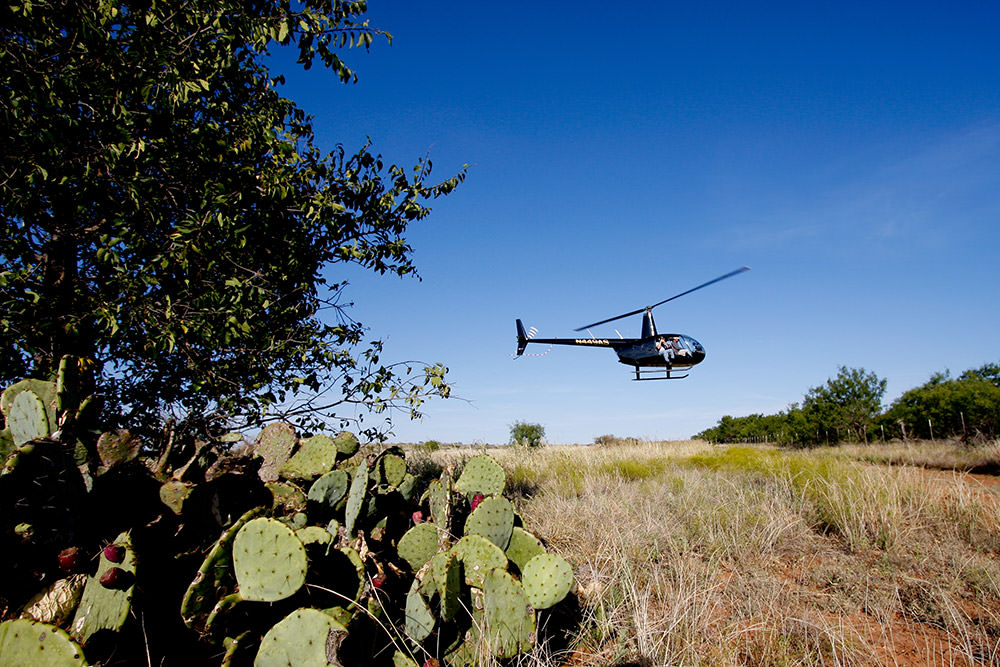
by Daniel King
We would like to introduce the “Manager’s Minute” this month. . Each month we will include a short column highlighting a specific practice or technique related to quail management. We have compiled a list of relevant topics to discuss but welcome your input and suggestions. If you have a topic you would like addressed, e-mail your suggestion to daniel.king@quailresearch.org.)
Before we dive into the nitty gritty of management, we need to identify the primary needs of quail: space, food, escape and loafing cover, and nesting cover. Nutritionally speaking, water is also needed, but rarely limiting for quail.
Quail food consists of seeds, greens, and insects. Most of the seed portion of a quail’s diet comes from forbs (broadleaf “weeds” like western ragweed and annual sunflower). “Greens” refers to leaf material of any plant. While we don’t really have a compiled list of greens a quail will eat (It’s pretty tough to ID a plant from a small leaf in a quail’s crop), we find species like California and Texas filaree most often. These greens are most vital during the “lean” times like late winter. Finally, arthropods, particularly insects (e.g., grasshoppers), play a very important role in the quail’s diet by supplying crucial calories, essential amino acids, protein, and water during the nesting and chick-rearing period (May-September).
Escape and loafing cover come in the form of woody plant species like elbowbush, wolfberry, and catclaw acacia. Escape cover can be anything that a quail may be able to “duck into” to avoid detection/predation. Loafing cover, more accurately referred to as mid-day coverts, needs to provide a larger area (think size of a pickup cab) for quail to congregate, kick back, and digest while reducing risk of predation.
Nesting cover denotes plants suitable or selected for as the substrate (building material) of quail nests. Through the years we have found quail nests in just about everything (even sitting on top of a rock!), but, from the management perspective, we refer mostly to bunchgrasses like little and silver bluestem. These bunchgrasses need to be at least 12 inches tall, as big around as a basketball, and be made up of both old and new growth.
If these 4 needs are met in a particular area, we consider it “usable space”. If they are not, we attempt to maximize usable space by targeting the quail need(s) that are insufficient in that area. Next month we will explain what we mean by “sufficient” and show you how to evaluate your habitat. In the meantime, polish up your plant identification by following us on Facebook (www.facebook.com/rpqrr ) where we will highlight a “quail plant” each week.
Relevant webisodes:
Quail food: https://www.youtube.com/watch?v=FJ7rCMwtpo0&t=28s
Loafing cover: https://www.youtube.com/watch?v=Ci9p0RaF9g4
Nesting cover: https://www.youtube.com/watch?v=zpsV2Tao9r0&t=450s


